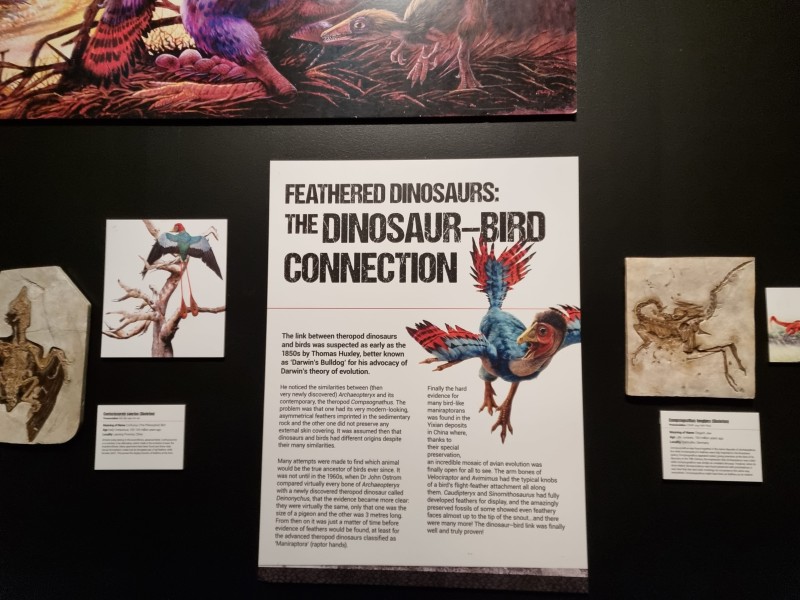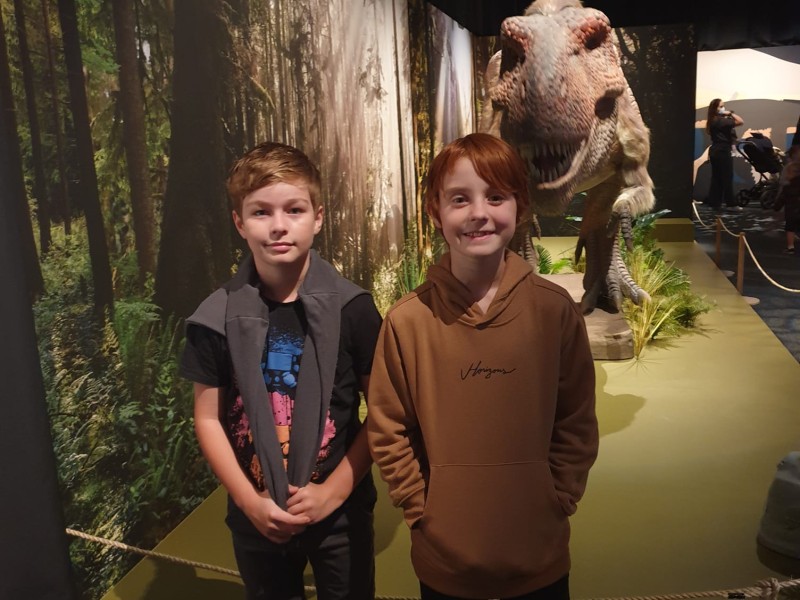Christchurch mum Kristy Wilkinson took sons Alex and Cohen, both aged 10, last week and said the overall experience was great.
"Cohen has always been obsessed with dinos," she said.
"From a young age he could identify dinosaurs that I had never even heard of."
The cost of admission had been a bone of contention online, with some parents complaining the time it took them to walk through wasn't worth the price.
Dr Scofield said putting together an exhibition such as this costs "a great deal of money" and the cover charge is to help offset this.
"An exhibition like this is put together overseas," he said.
"Each of those facsimile skeletons are worth in the region of $100,000 dollars."
A cost Kristy reckons was well worth it.
"We probably spent an hour there looking at the dinos and reading the bits of info dotted around. They really loved the moving dinos and all the skeletons!"
Dinosaur rEvolution is on at the Canterbury Museum until 24 October 2022. The exhibition features four life-sized, moving dinosaurs, skeletons, touchable fossil casts, and artworks that reimagine what dinosaurs really looked like.
Tickets can be purchased at the door.
Adults: $10
Children (under 15 years): $5
Children (under 3 years): Free
Small Family Pass (1 Adult and up to 2 children): $18
Large Family Pass (2 Adults and up to 3 children): $28



